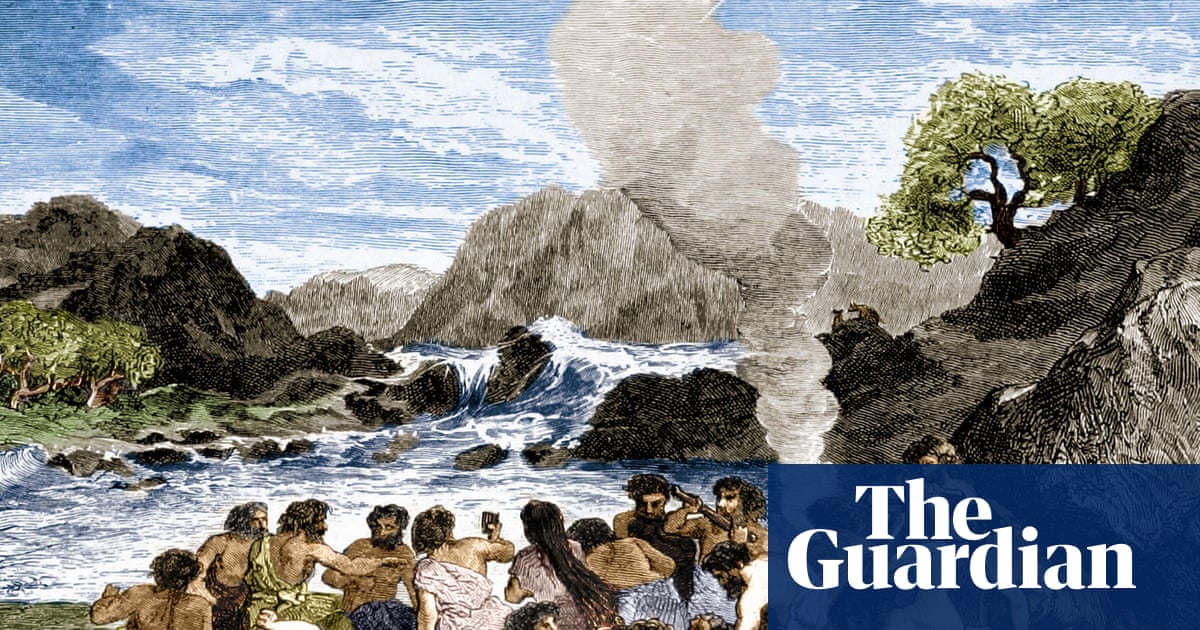Neanderthals Consumed Maggots as Nutritious Food Source
Neanderthals consumed maggots as a nutritious food source, rich in fat, protein, and essential amino acids, revealing their diverse and adaptive dietary habits.
Subscribe to unlock this story
We really don't like cutting you off, but you've reached your monthly limit. At just $5/month, subscriptions are how we keep this project going. Start your free 7-day trial today!
Get StartedHave an account? Sign in
Overview
- Neanderthals incorporated maggots into their diet, indicating a broader range of food sources than previously understood.
- Maggots served as a highly nutritious food for Neanderthals, providing essential fat, protein, and amino acids crucial for their survival.
- This dietary practice suggests Neanderthals possessed adaptive foraging strategies, utilizing available resources to meet their nutritional needs.
- The consumption of insects like maggots highlights the resourcefulness of Neanderthals in diverse environments.
- This discovery offers new insights into the complex and varied dietary habits of ancient human relatives.
Report issue

Read both sides in 5 minutes each day
Analysis
Center-leaning sources frame this story by balancing scientific findings with a lighthearted, slightly sensationalized tone regarding the "unappealing" nature of the Neanderthal diet. They emphasize the surprising aspect of maggot consumption, using informal language and structural choices to make the topic engaging while still providing scientific and historical context.
Articles (3)
Center (1)
FAQ
The primary evidence supporting this theory comes from the high nitrogen isotope levels in Neanderthal fossils, which can be explained by consuming an isotopically enriched food source like maggots.
Maggots provided Neanderthals with a rich source of fat and highly enriched protein, crucial for their survival and nutrition.
This practice suggests that Neanderthals had adaptive foraging strategies and highlights gender roles, as women could also collect maggots, challenging traditional views of male dominance in hunting.
History
- This story does not have any previous versions.


